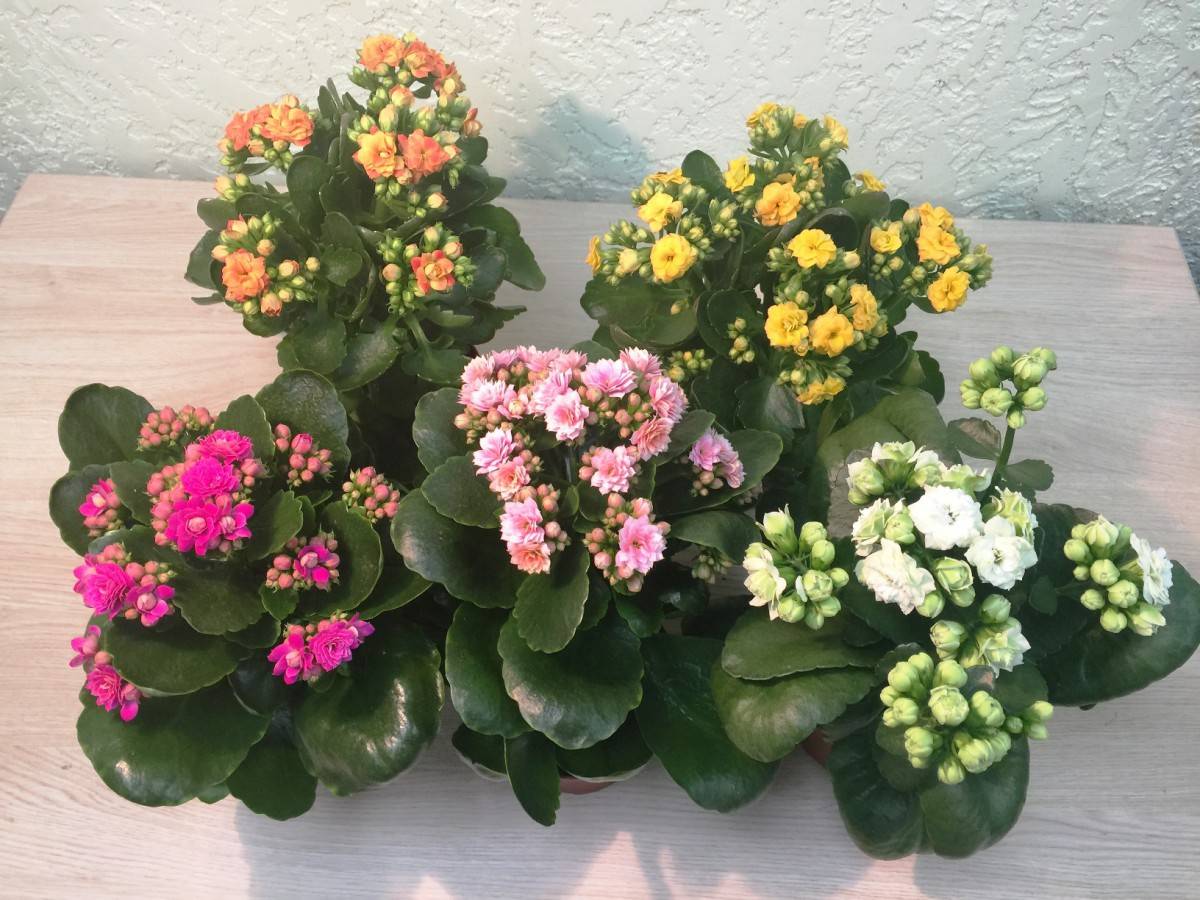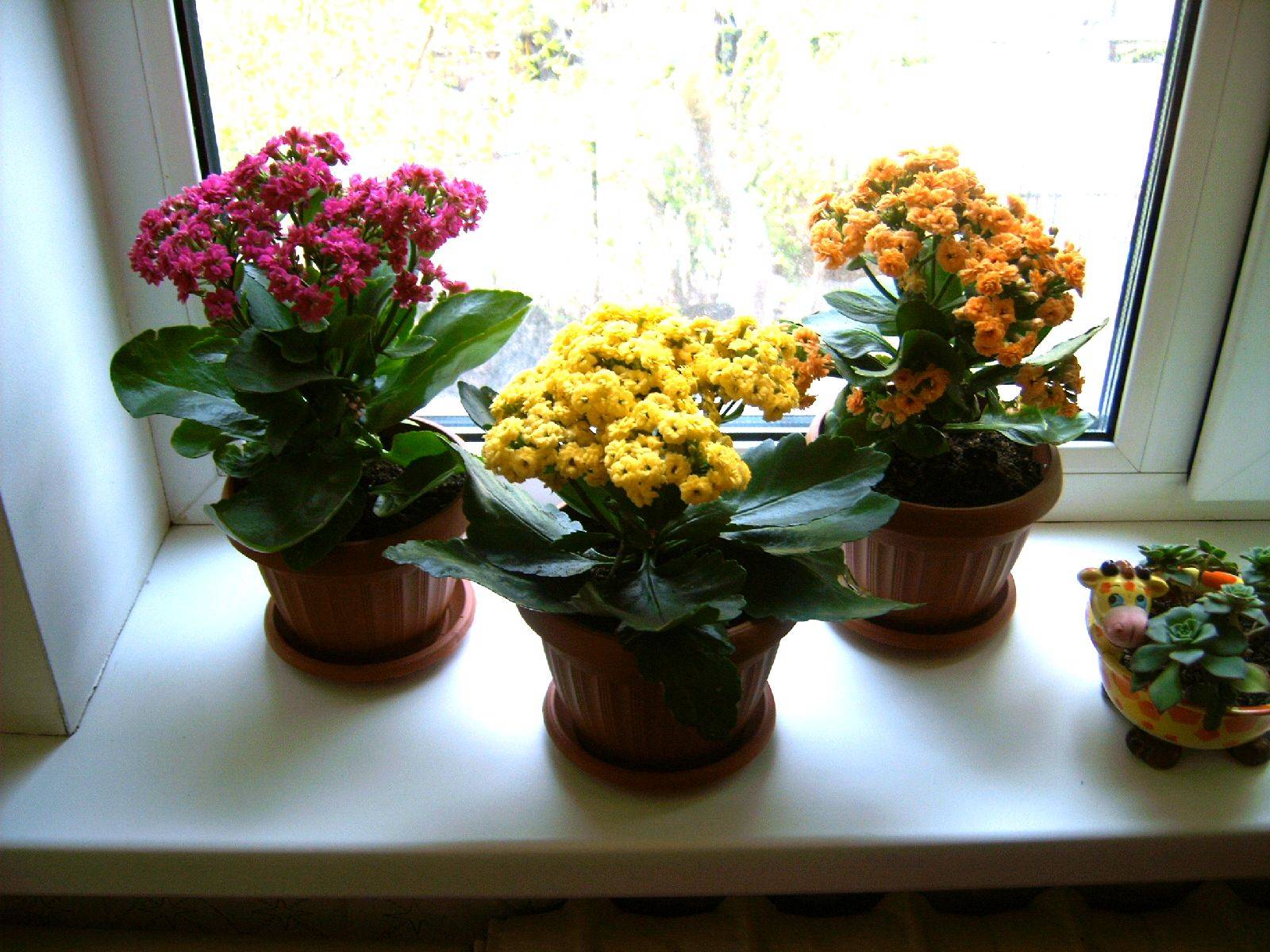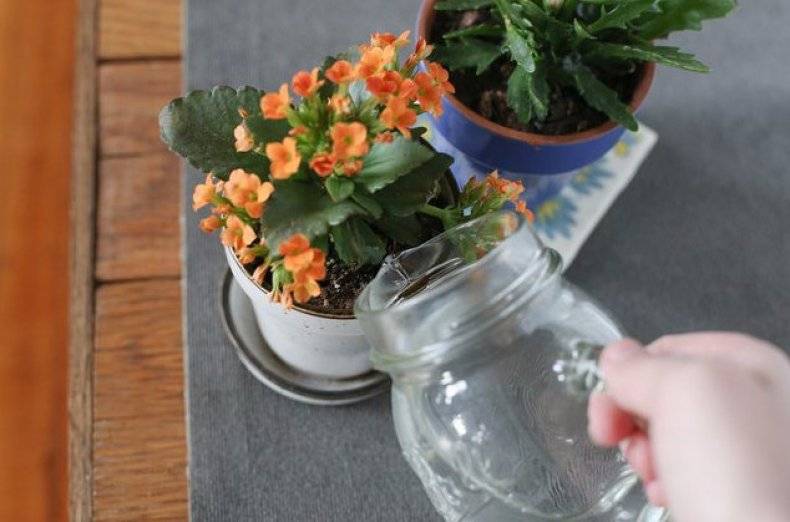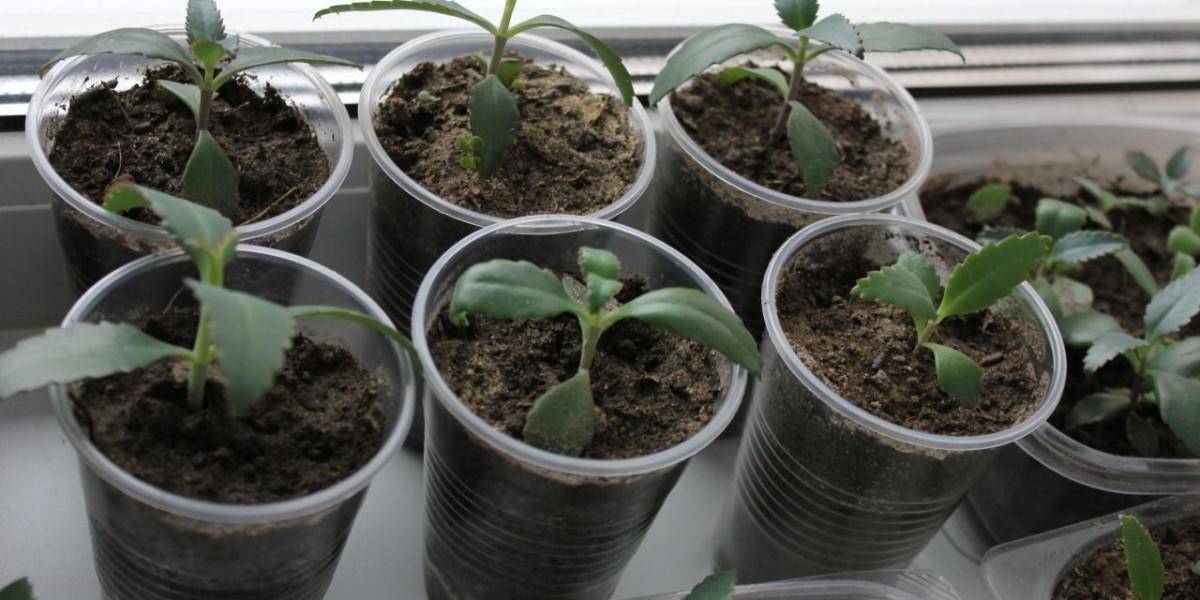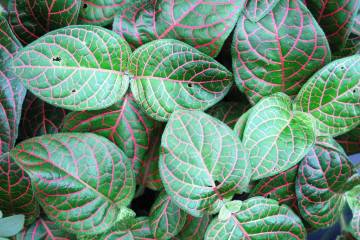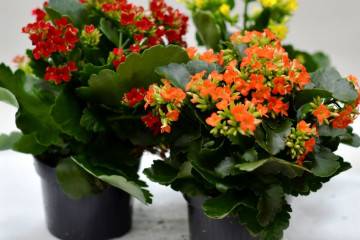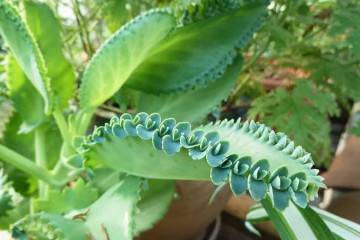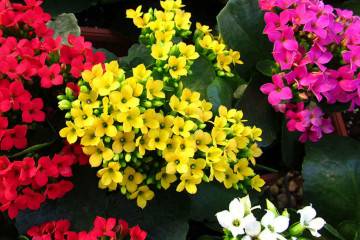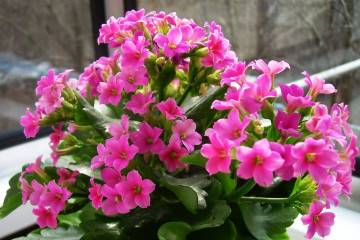Kalanchoe Mix Mini Mix - how to care
Content:
Kalanchoe is one of the most common indoor plants. It can be of different types: succulent, perennial herb or shrub. Currently, just over 200 species of this flower are known all over the world. Initially, his homeland was the regions of Asia, Australia and Africa. Thanks to its ancestors, the home version has good endurance and unpretentiousness, and its beautiful appearance makes it ideal for growing in an apartment.
Kalanchoe Mini Mix: appearance, main characteristics
The Mix obtained by mixing several varieties of Kalanchoe belongs to the Tolstyankov family. In a favorable environment, a home specimen can grow up to 40 cm.However, most gardeners try to grow a more compact bush, so they regularly cut and pinch it. Thanks to such actions, the plant abundantly grows deciduous mass and blooms.
Kalanchoe, grown at home, has rather fleshy leaves and stems, which have the ability to accumulate moisture. Very often, the leaves grow up to 5 cm long and 3 cm wide. They have a standard ovoid shape with slightly rounded teeth at their edges.
During the growing season, buds appear on the tops of the bush, forming racemose inflorescences. The blossoming flowers reach a diameter of 1 cm, they are terry to the touch. Their colors can be pink, white, red, purple or orange.
Kalanchoe Mix: home care after purchase
Despite the fact that this plant is quite unpretentious, in order for it to grow actively after acquisition, it must be properly looked after.
Lighting and temperature control
In Kalanchoe, daylight hours lasts about 12 hours, so the quality of lighting must be taken seriously. Therefore, in the period from spring to autumn, it is best to place the pot on the windows facing the east or west side, and in winter to transfer it to the south. If the daytime is too short in the place where the bush grows, then artificial lighting should be provided.
Kalanchoe is quite unpretentious in terms of temperature conditions. In summer, it is enough for him that the room is not lower than 18 ° С, and in winter - not lower than 14 ° С.
Watering rules and humidity
The home type of plant should be watered only with settled water at room temperature. In this case, the main thing is not to overdo it, otherwise the root system may rot. Since there is always a supply of liquid in the leaves of the Kalanchoe, you need to moisten the soil when it dries up. However, it is not worth watering the bush too rarely, it may begin to shed its leaves. In winter, the soil should be moistened a couple of days after it dries out.
Top dressing and soil quality
The plant does not need to be fed too often. It is enough to fertilize the bush twice a year - in summer and during the period of bud formation. Fertilizers should be chosen the same as for cacti.Both mineral and organic fertilizers are suitable.
Considering that Kalanchoe Mix comes from the tropics, this feature must be taken into account when selecting the soil. To do this, a drainage layer of a couple of centimeters is lined in the pot and one part of the leafy earth, sand, turf and humus is taken.
Features of plant transplant
At home, Kalanchoe is transplanted very rarely. This is done no more than once every 2-3 years in the event that the plant has grown strongly and it becomes cramped in the pot. When performing the transplantation procedure, one should be guided by the basic requirements:
- you need to transplant the bush into a container 2-3 cm larger than the previous one;
- a drainage layer must be arranged in a new pot;
- the transplanted bush must be moved to a shaded place for several days;
- in a new place, you can feed the flower no earlier than in a couple of months.
Flowering and dormant period of the plant
The flowering of a plant depends on proper lighting. Some flowers on it may start to wilt, but if they are cut and placed in a vase of water, they will begin to bloom again. When the flowering period comes to an end, the stems are partially cut to give the bush a beautiful shape. Removed shoots can simply be thrown away or used as propagation cuttings.
After the end of flowering, the flower begins a dormant period in early autumn. For proper care at this time, you need to do the following:
- put the plant in a room with a temperature of 15-18 ° C;
- reduce the duration of daylight hours to 8 hours, and the rest of the time keep the bush under an opaque cover;
- reduce the amount of watering the plant.
A month later, after the Kalanchoe has rest, you can return to the previous conditions for keeping the flower.
Reproduction
The plant can be propagated in two ways: by cuttings and by seeds. When grafting, a leaf or stem is rooted. To do this, at the beginning of summer, the shoot is separated from the mother bush and placed in fertile soil. If a leaf is selected as a seedling, then greenhouse conditions need to be created for it. It is not necessary to water the sprout, regular spraying is allowed. With proper care, it will root and grow.
If a seed propagation method is chosen, then they need to be planted in early spring. For this, deciduous soil is taken, seeds are laid out on its surface and slightly pressed with a finger. After that, to create a greenhouse effect, the container is covered with a transparent film. The soil should be regularly ventilated and moistened. After the appearance of the first shoots, the greenhouse is removed, and after a month a pick can be carried out.
Diseases and pests
The main reason for the occurrence of diseases on Kalanchoe Mix or the appearance of pests is improper care. The most common problems are:
- late blight. The appearance of rot on the leaves is associated with excessive moisture in the air and insufficient ventilation of the room;
- powdery mildew. Fungus that occurs when the air is overheated. In this case, the leaves are covered with a white bloom and may begin to fall off;
- gray rot - sticky fungal plaque on the leaves, arising from the poor soil in which the flower is planted;
- mealybug. The most dangerous pest for a plant that feeds on its juice. You can get rid of it by spraying the flower with castor oil.
In all other cases, treatment with fungicides and correction of incorrect conditions of detention will help.
Kalanchoe Mix is an unpretentious and beautiful flower, which, with proper care, will be a wonderful decoration for an apartment, house or summer cottage.The main thing is to strictly follow the rules of maintenance and care.
